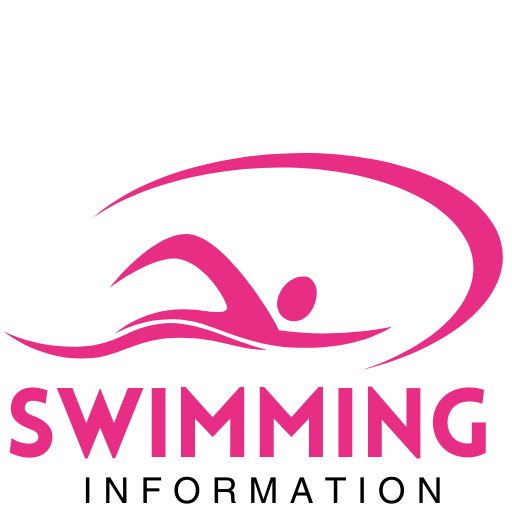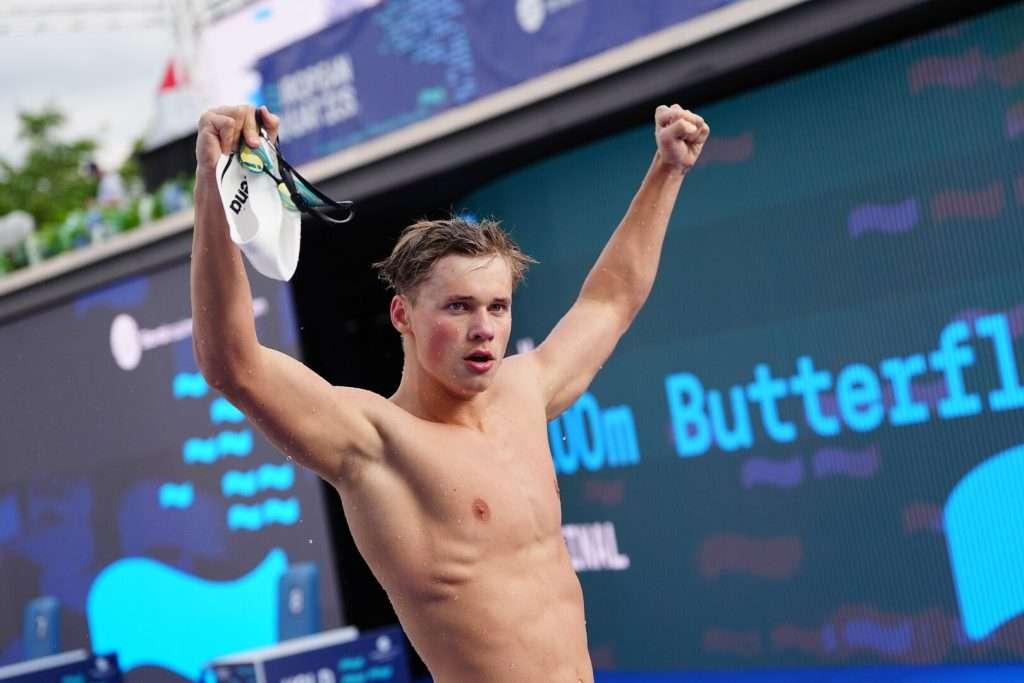The 2025 World Aquatics Junior Swimming Championships concluded with a remarkable showcase of emerging talent, as the United States Swimming team delivered a standout performance on the global stage. Featuring the fastest young swimmers from across the world, the event highlighted not only individual brilliance but also the depth of the USA’s junior swimming program. This article provides a comprehensive overview of the results, detailing medal counts, record-breaking swims, and key performances that signal the future of American swimming.
USA Swimming Dominates Medal Tally at 2025 World Aquatics Junior Championships
USA Swimming solidified its position as the powerhouse of junior aquatic sports by sweeping an impressive number of medals at the 2025 World Aquatics Junior Championships. The team emerged as the clear leader, showcasing remarkable performances across almost every swimming category. From freestyle sprints to the demanding medleys, American swimmers demonstrated strength, speed, and endurance, earning praise from coaches and competitors alike. Notable highlights included multiple gold medals by rising stars in both individual and relay events, signaling a bright future for the nation’s swimming prospects.
The medal haul is a testament to the rigorous training programs and talent development embraced by USA Swimming. Key contributors to this success included standout athletes who clinched top positions in backstroke, butterfly, and breaststroke disciplines. The championship not only boosted the morale of the team but also positioned the USA prominently on the global swimming map among junior athletes. Below is a snapshot of the USA Swimming medal tally at the championships:
| Medal | Count |
|---|---|
| Gold | 18 |
| Silver | 12 |
| Bronze | 9 |
- Dominant gold medal wins in freestyle and medley relays
- Record-breaking times in several individual events
- Consistent podium finishes across all age categories
Standout Performances Reveal Future Olympic Contenders in USA Team
Young talents from the USA demonstrated exceptional prowess at the 2025 World Aquatics Junior Swimming Championships, marking themselves as promising candidates for upcoming Olympic games. Among the highlights were Emily Carter and Jason Lee, who shattered personal bests and set new junior records in freestyle and butterfly events respectively. Their ability to maintain composure under pressure and deliver remarkable splits in last laps signals potential for impactful senior-level success. Coaches and analysts alike have noted the consistency and technical refinement displayed by the team’s relay squads, showing depth beyond individual showings.
The emergence of these future stars is underscored by key statistical performances summarized below:
| Swimmer | Event | Finish Time | Medal |
|---|---|---|---|
| Emily Carter | 100m Freestyle | 53.21 | Gold |
| Jason Lee | 200m Butterfly | 1:56.84 | Silver |
| Samantha Ortiz | 400m Medley | 4:42.10 | Bronze |
| USA Mixed Relay | 4x100m Medley Relay | 3:42.67 | Gold |
Key factors contributing to their achievements include:
- Advanced biomechanical training
- Strategic race pacing and split optimization
- Strong mental endurance and team synergy
Strategic Recommendations to Sustain USA’s Junior Swimming Excellence
To maintain the USA’s dominant edge in junior swimming, continued investment in cutting-edge training methodologies and athlete wellness is essential. Emphasizing personalized coaching coupled with advanced sports science will enable swimmers to maximize their potential while minimizing injury risks. Additionally, expanding talent identification programs across underrepresented communities will increase the depth and diversity of the future talent pool. Ensuring access to top-tier facilities and fostering a culture that values mental health alongside physical conditioning can further propel young athletes to world-class performance standards.
Key action points for USA Swimming include:
- Implementing nationwide talent scouting camps with a focus on early development.
- Incorporating technology such as AI-driven performance analytics into training routines.
- Enhancing mentorship programs connecting junior swimmers with Olympic champions.
- Increasing financial support and scholarships for promising athletes from diverse backgrounds.
| Recommendation | Expected Impact |
|---|---|
| Nationwide Talent Camps | Broader athlete base, early skill detection |
| AI Performance Analytics | Precision coaching, optimal training loads |
| Mentorship Programs | Inspiration, knowledge transfer, motivation |
| Financial Scholarships | Summary: To sustain the USA’s leadership in junior swimming, investing in personalized coaching and advanced sports science is vital, alongside promoting athlete wellness. Expanding talent identification, especially within underrepresented communities, and ensuring access to high-quality facilities can deepen and diversify the talent pool. Emphasizing mental health with physical training empowers young swimmers to reach world-class levels. Key Action Points for USA Swimming:
Recommendations and Expected Impact:| Recommendation | Expected Impact | If you’d like, I can help you create a detailed action plan or develop content for a presentation based on these points. Future OutlookAs the 2025 World Aquatics Junior Swimming Championships conclude, the USA Swimming team has once again demonstrated its depth of talent and competitive spirit on the global stage. With a collection of medals across multiple events, the young American swimmers have set a promising foundation for the future of the sport. These results not only highlight the athletes’ hard work and dedication but also signal a bright path forward as they prepare to transition to senior-level competition. Fans and analysts alike will be watching closely as these emerging stars continue to make waves in international swimming. Add A Comment |





